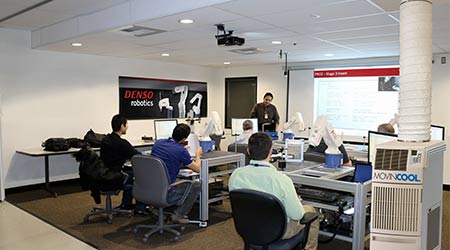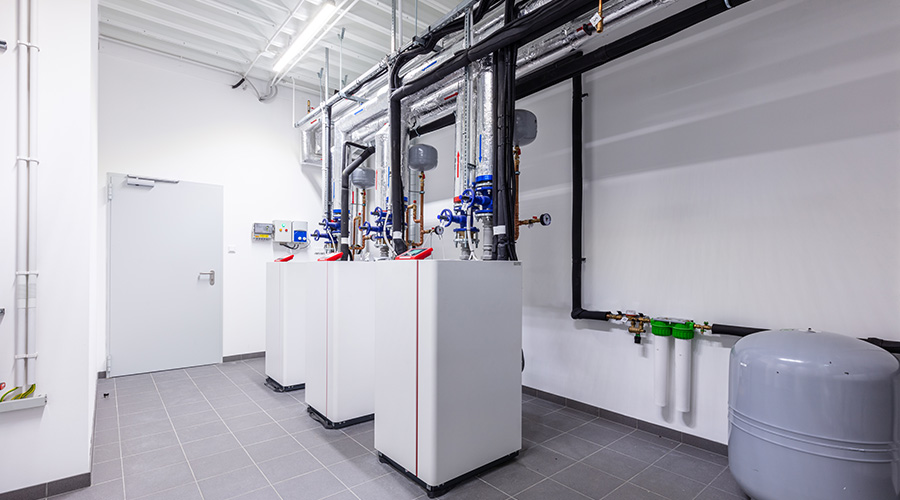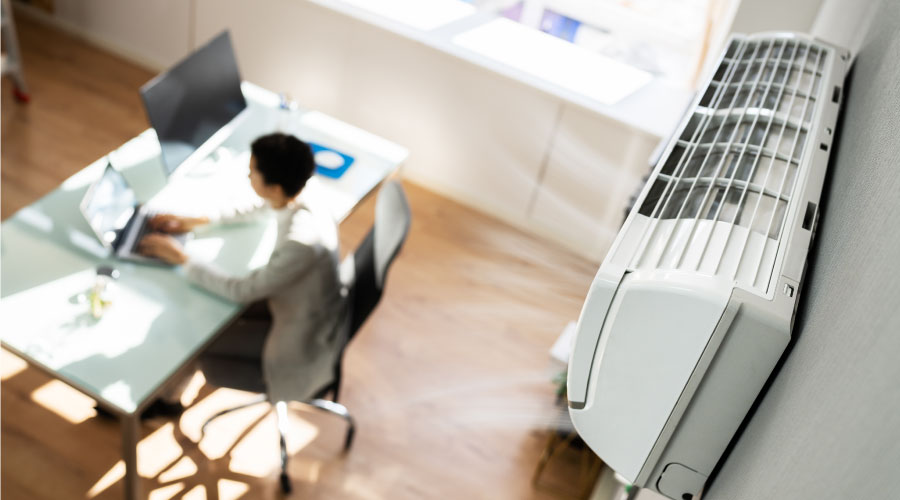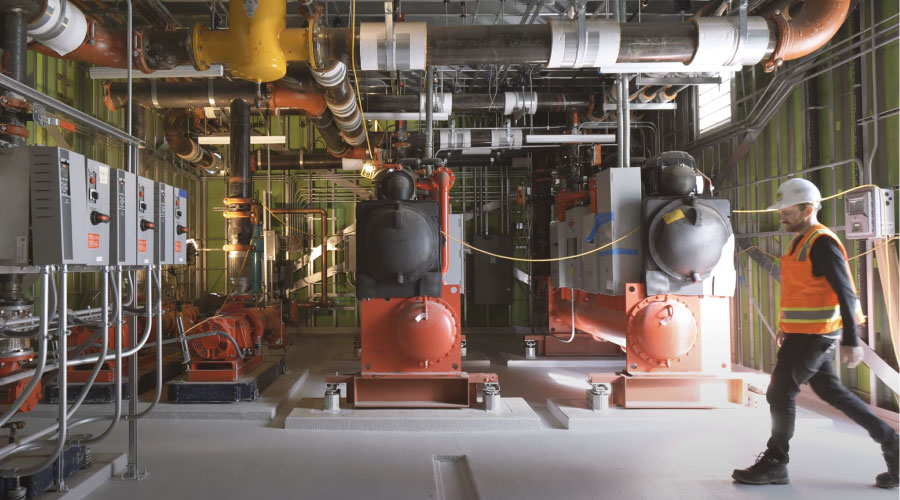 By bringing key information to the specification process, managers will be able to select equipment that meets the facility’s cooling needs.
By bringing key information to the specification process, managers will be able to select equipment that meets the facility’s cooling needs.How to Specify Portable Cooling Based on Facility Needs
Selecting the most effective unit for the application means managers need to understand cooling needs and equipment requirements
Portable cooling systems are essential assets for institutional and commercial facilities. The need for these systems can typically fall into one of two buckets. They either provide supplemental cooling to boost existing systems, handle maintenance situations or cater to a special event, or they are used in emergency situations to address the failure of existing buildings systems.
Regardless of which bucket a given situation falls into, it is important to understand the way the selection process before the event can determine success or failure. For successful selection, maintenance and engineering managers need to understand their facilities’ characteristics, including size, activities, and key features, as well as current and anticipated cooling capacities and the equipment’s impact on in-house operations.
Factors for success
Each scenario requiring portable cooling demands a different approach from managers. In order to select the most appropriate unit, managers need to consider these factors:
Facility size and location. In considering the space to condition, managers can estimate 1 ton of cooling — 12,000 Btu — per 500-600 square feet of space. This rule of thumb is for the average building. Some consultants increase it to 1,000 square feet per ton of cooling for a newer, more energy efficient space, and it can be decreased for an older, less efficient building.
It is also important to understand the space’s heat gain as a result of its placement within the building. Interior spaces have less thermal gain than the same sized space with significant fenestration and exterior walls. Managers should anticipate adding 1,000 Btu per hour to the equation for each window.
Occupancy. This rule of thumb for commercial and institutional spaces is for square footage only. Managers need to add individual heat gains to the calculation for each expected occupant and intended equipment load.
They also have to consider the space’s expected average and maximum occupancy and potential phasing for this occupancy. By selecting several smaller portable cooling units, managers can stage them, depending on the occupancy instead of short-cycling a larger unit until meeting the intended load.
Activity. Intended activity is an important factor to understand because it can have a significant impact on required cooling capacity. By referencing the ASHRAE Handbook — Fundamentals, managers can see the combined sensible and latent heat gain per person can be 330 Btu per hour for sitting in a theater, 450 Btu per hour for moderate office work, and 850 Btu per hour for moderate dancing.
Equipment. Depending on the space and activity, equipment can play a significant factor in estimating heat gain. For an office space, typical overhead lighting is about 1-1.4 Watts per square foot — 3.412 Btu per square foot.
Typical office and computer equipment is becoming more efficient, and managers can use default factors for estimating purposes. This factor can range from 0.5 Watts per square foot to 2.0 Watts per square foot based on equipment selection and office density.
Data centers and server rooms. These locations typically do not require extended occupancy or lighting, so managers can size them based on manufacturer recommendations for the size, quantity and loading of network racks. As with typical office equipment, managers can determine the maximum heat load from the nameplate wattage and working with the IT department to understand the capacity these systems will be loaded to.
Related Topics:














